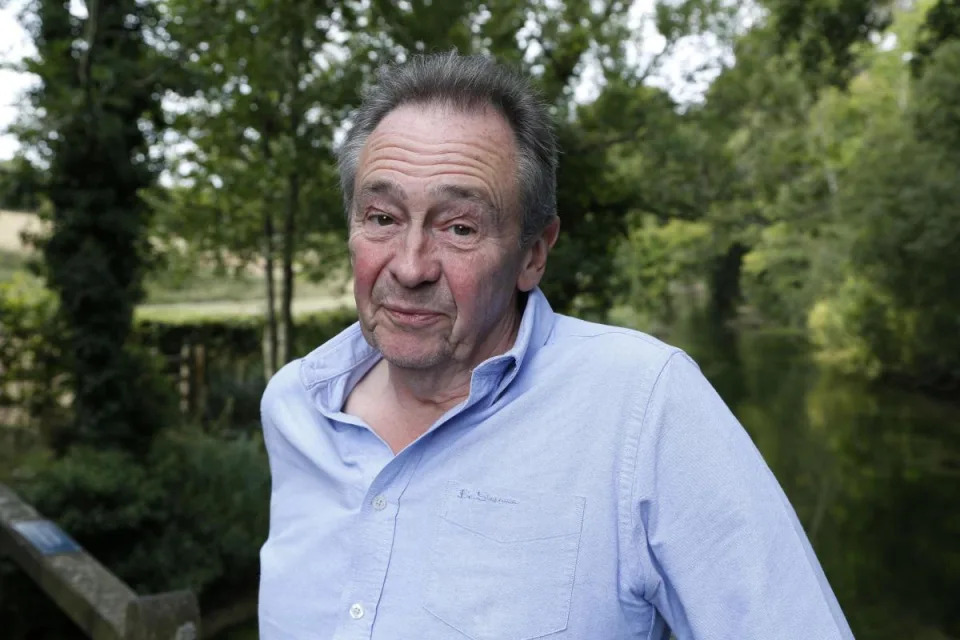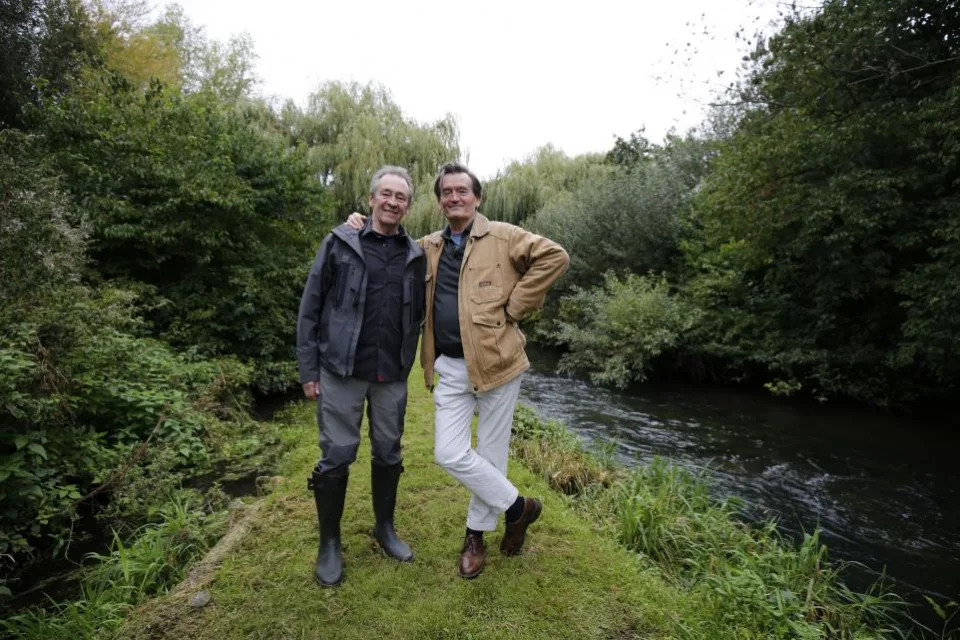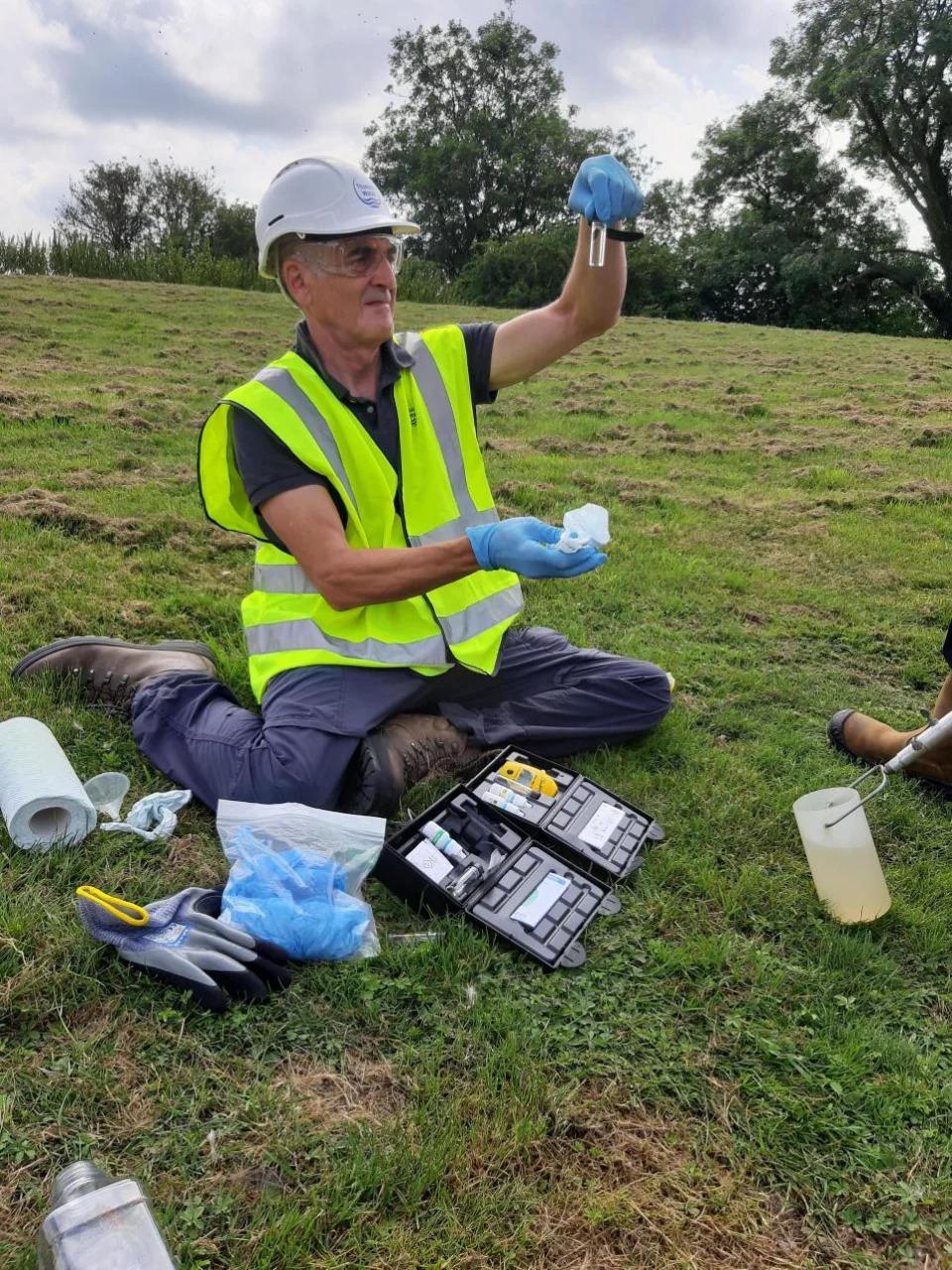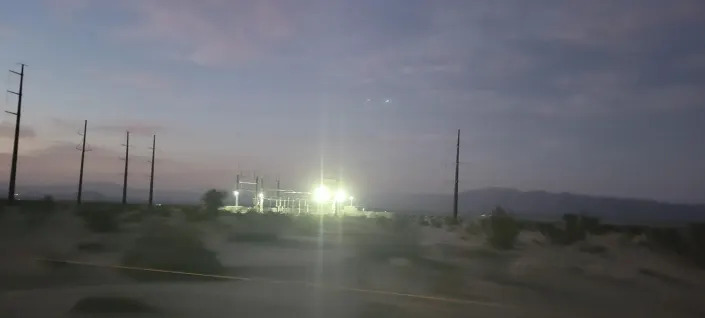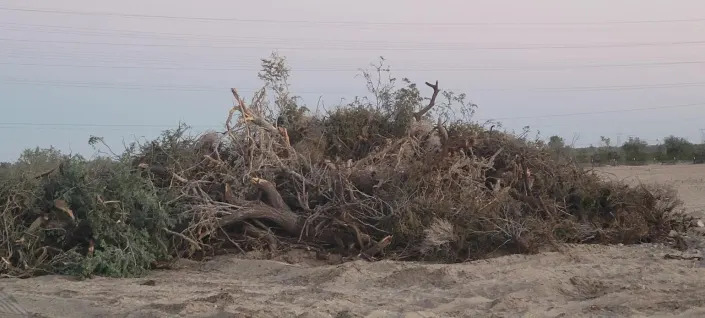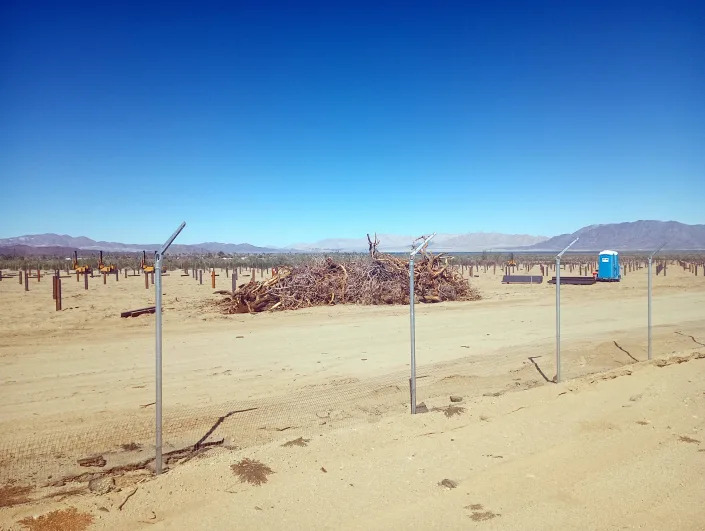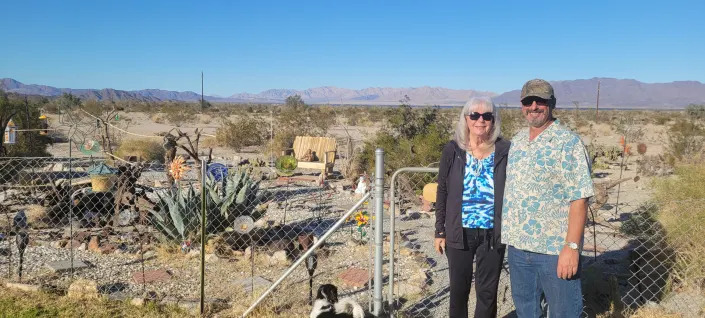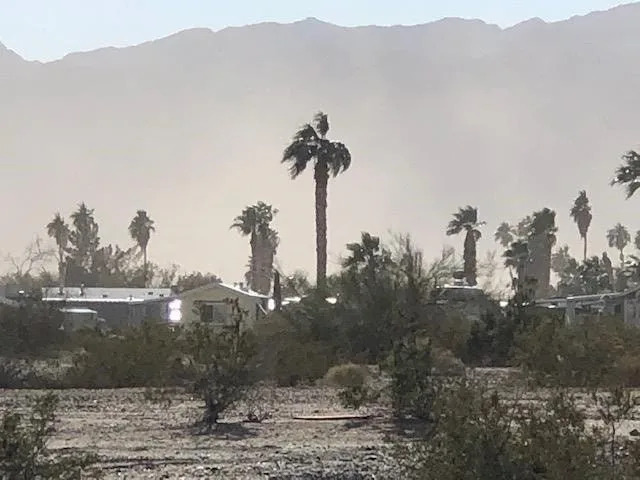Miranda Norris
Sat, 4 March 2023

George Michael (Image: NQ staff)
A new documentary explores how Oxfordshire resident George Michael bravely defended his sexuality with 1998 single 'Outside' and became a gay icon.
The superstar, who had a home in Goring, was arrested in 1998 for a lewd act in a LA public toilet.
The two-part documentary to mark the quarter-century since the story broke tells the story of "how a potentially career-crushing event became a defining moment for gay liberation".
The singer stood up to the press and told CNN in 1998: “I’m a very proud man. I want people to know that I have not been exposed as a gay man.
“I feel stupid and I feel reckless and weak for having allowed my sexuality to be exposed this way, but I don’t feel any shame whatsoever. And neither do I think I should.”
The same year, he released the hit song Outside which satirised his arrest and had a video set in a men’s toilet with Michael dressed as an LAPD police officer.
This summer George Michael fans will flock to the Oxfordshire village the singer loved to celebrate what would have been his 60th birthday.
The Wham! star, who had a 16th century £3.4million home by the river, died on Christmas Day in 2016 aged 53.
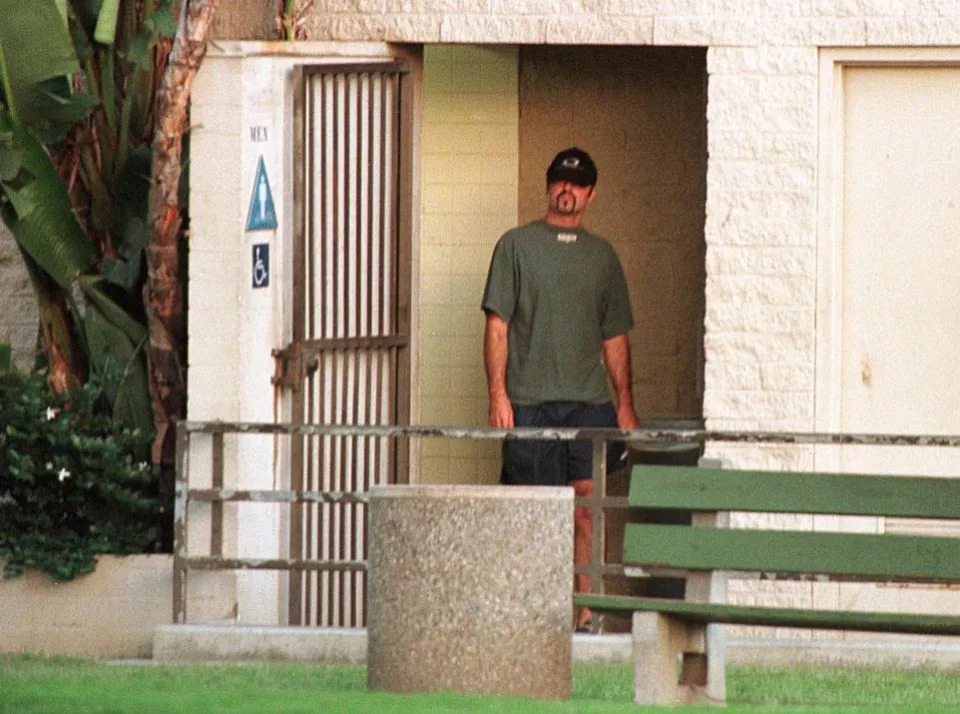
Oxford Mail:
Three lifelong fans have collaborated with tribute artist Steve Mitchell to put on a celebration event at Goring Village Hall this June.
All the money raised by the GM60 event will go to the Rainbow Trust Children’s Charity, a charity which George supported.
Rachel Alderton, from Bury, Lancashire, said: “Many of the fans meet in Goring village every year but this year we wanted to do something special and not only celebrate George’s 60th birthday together but raise money for one of his charities.
"He was an exceptionally generous man and his charitable work meant so much to him, so it’s important for the fans that we continue to do this for him.
"It was also important for us to thank the lovely locals for welcoming us to Goring, so we decided to make a donation to the Goring Village Hall fundraising appeal in support of the local community.”
A limited number of tickets can be purchased at www.gm60.co.uk
George Michael: Outed airs at 9pm on Channel 4 on March 6 and 7.
